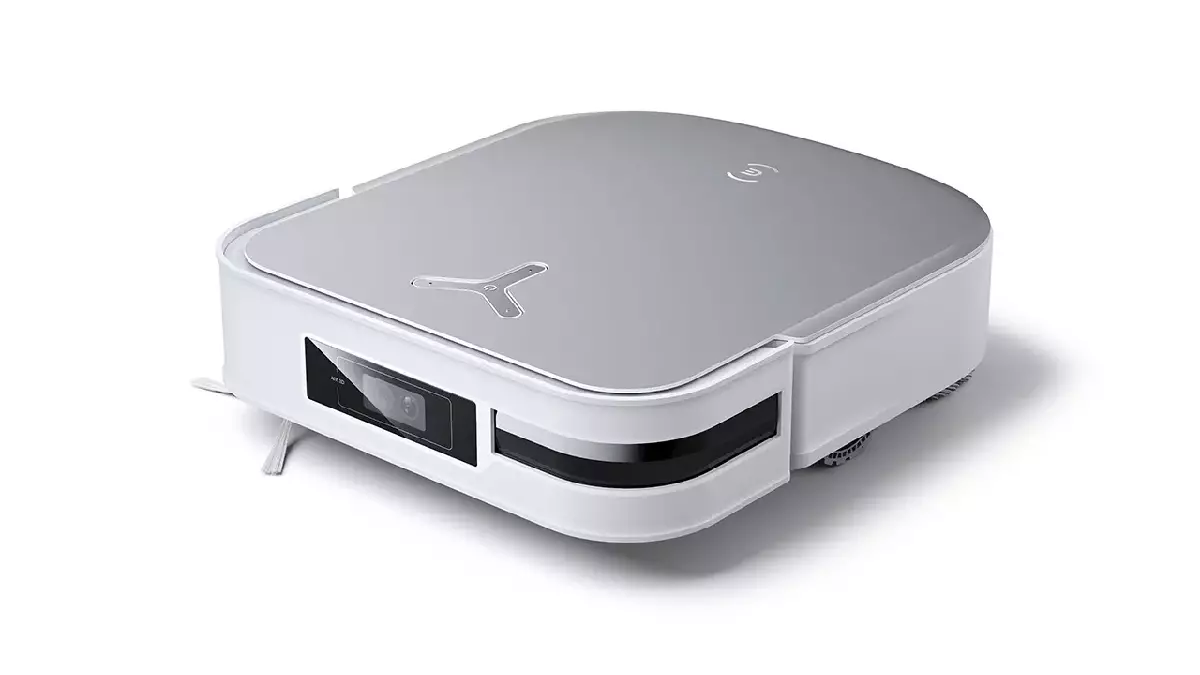As our world becomes increasingly interconnected, smart devices such as thermostats, lighting systems, and home assistants have seamlessly integrated into our daily lives. While these innovations promise convenience and efficiency, they also introduce new and alarming vulnerabilities. One particularly disturbing demonstration of this peril came to light in 2023, when Daniel Swenson, a Minnesota attorney, encountered an unexpected behavioral malfunction with his Ecovacs Deebot X2 robovacuum. The device unexpectedly began broadcasting racist profanities, showcasing the alarming potential for smart gadgets to be infiltrated by malicious cyberattacks. This event is not an isolated incident; rather, it is emblematic of a broader issue plaguing the security of smart home devices.
The scenario faced by Swenson is far from unique. Reports surfaced from across the United States where other users also found their Ecovacs devices compromised. An El Paso resident experienced a chilling wake-up call when their robovacuum began spewing racial slurs in the dead of night, while a family in Los Angeles observed their pet terrorized by the same brand’s device. These disturbing incidents culminated in a disconcerting realization: even products designed for household comfort and cleanliness could turn into instruments of invasion and hostility.
Despite warnings from cybersecurity experts about vulnerabilities within various models of Ecovacs vacuums as early as December 2022, the company’s response to user concerns has been notably inadequate. Many users did not receive adequate information regarding potential risks associated with their devices, perpetuating a cycle of ignorance and vulnerability among consumers. The fact that security issues remained unresolved for several months raises critical questions about corporate responsibility and accountability in the tech industry.
The Ecovacs robovacuum employs Bluetooth connectivity, a feature that has been exploited by hackers. Initial investigations revealed that unauthorized access could be obtained even from a significant distance—over 100 meters away in some cases. While physical proximity is generally required for such breaches, this exemplifies how seemingly benign features can be weaponized against users. Swenson’s repeated attempts to contact Ecovacs support culminated in a suggestion that his account fell victim to a ‘credential stuffing’ attack, a generic term that offers little comfort to a consumer grappling with the aftermath of such a traumatic experience.
In light of the distressing incidents and acknowledged security flaws, Ecovacs issued statements attempting to assuage public fears surrounding the safety of their products. They proclaimed that affected vulnerabilities were “extremely rare” and required specialized tools for exploitation, but this assertion stands in stark contrast to findings from ABC News and independent researchers. The latter demonstrated access to the camera and microphone of the vacuums using nothing more than a smartphone, illuminating the paradox of corporate claims versus real-world vulnerabilities.
Given the events surrounding the Ecovacs robovacuum, it is evident that tech companies must prioritize transparency and proactive communication regarding potential security vulnerabilities. Consumers deserve to know the risks of the devices they integrate into their homes—especially when those gadgets have the capability to invade privacy and provoke fear. Moreover, robust security updates must be implemented swiftly to insulate users from evolving threats.
As we embrace the convenience offered by smart home technology, we must remain vigilant about the potential dangers lurking beneath the surface. The unsettling incidents involving Ecovacs robovacuums serve as a testament to the fragility of consumer privacy within the digital age. Those intrigued by smart home innovations should remain skeptical, prioritizing careful research and consideration before integrating such devices into their lives. Until security issues are adequately addressed, opting for traditional devices may be a safer choice for those who value privacy and security above all else.

